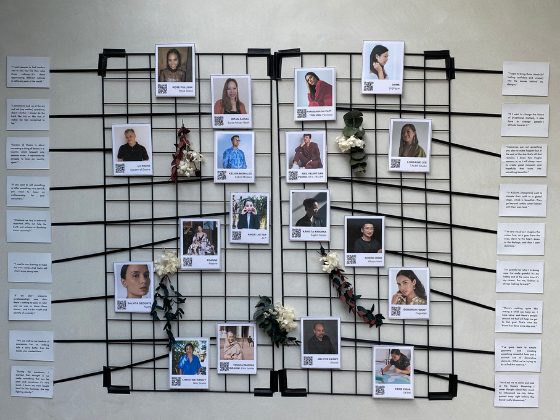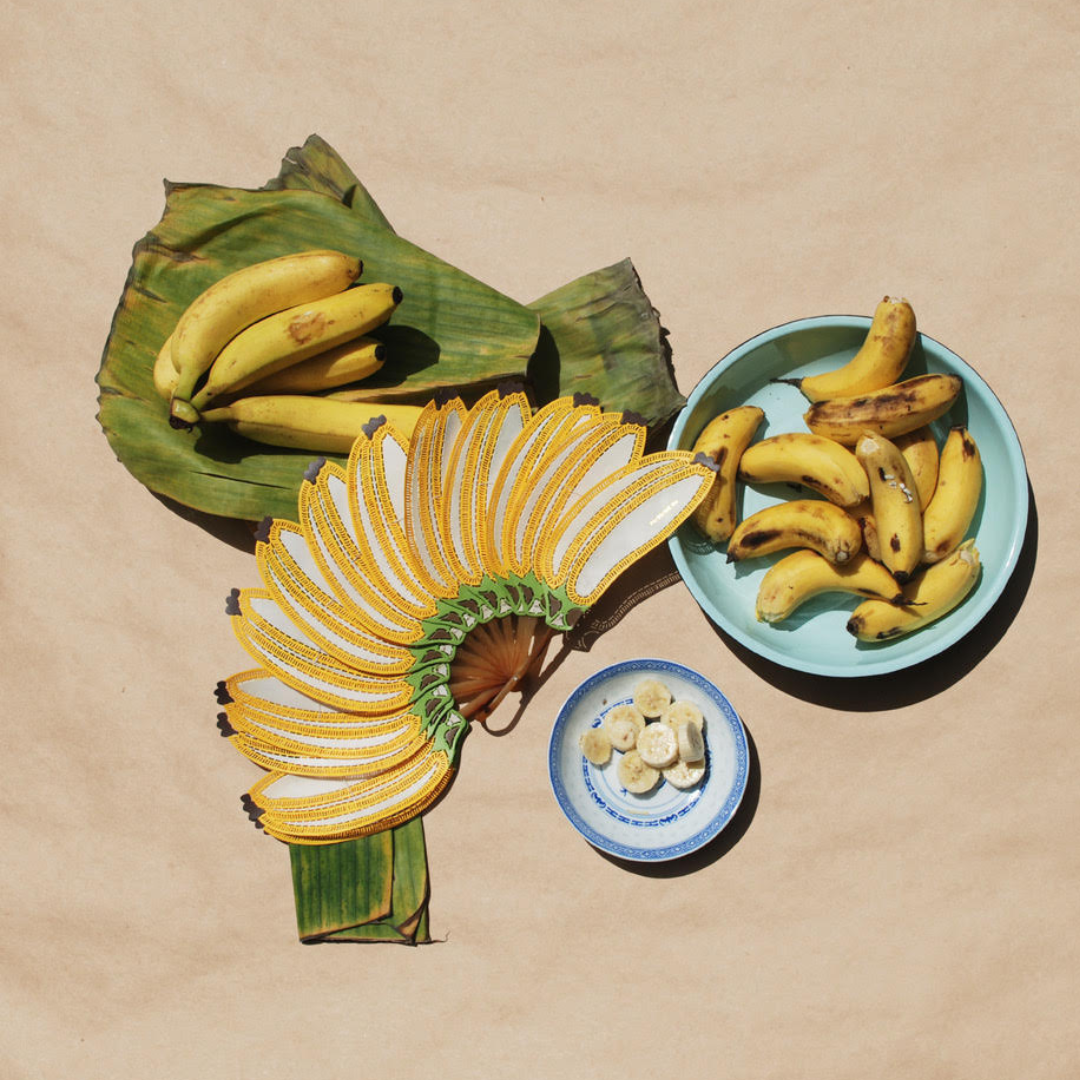By Aisha Hassan on March 10th, 2021
Slowly and in silver
Growing up, Salvita De Corte would follow her mother to Celuk Village, an area in Bali renowned for its exquisite gold and silverwork. “That’s where I got that love for the slow pace of craftsmanship,” Salvita, or Sal, says.
Sal would follow her mother, a jewelry-maker, to choose gems, or to watch master silversmiths carry out methods like “jawan,” an ancient Balinese technique of hand-setting tiny silver balls as decoration. Today, Sal’s own brand Ruang has those same roots in artisanship. Every piece is the product of an unpredictable process and handcrafted from 925 Sterling Silver.
“There’s a lot of editing and deconstruction and reconstruction...I want the pieces to look simple but really the work and the complexity comes in the detail,” Sal says. “The jawan, the back-end cone...those are really hard to make and can only be made by hand.”
Somewhere to be free
Ruang translates to “space” in Indonesian, and refers to making room for ideas to be explored and nurtured at their own tempo. As a multidisciplinary artist herself who acts and paints, Sal intended Ruang to foster collaboration between all types of creative work and individuals.
Indonesian actress and poet Carissa Perruset is one of them. The Carissa x Sal collection began with a drawing of Sal’s, before Carissa’s simple yet probing poetry also shaped the pieces. Triple-eyed faces stare out from pieces with subtle, lyrical engravings. It took a year of discussions and testing before the first pieces came out, but there was no rush.
“I’m trying to work at my own pace and not fall into that rapidly producing and selling industry,” Sal says. “I should be able to do it on my own terms.”
Sustaining our stories
This patient process is not only a rewarding hallmark of making art, but also a welcome reminder to take pause on creative and cultural fronts. “On a personal level, the older I get the more I feel the world is moving so fast,” Sal says. “The craft of handmade jewelry helps slow me down, but that craftsmanship is also what we get to pass on to our children.”
Heritage artisanship such as “jawan,” Sal points out, can only be sustained with fair compensation. “If [the artisans’] children don’t see they can sustain a living then they will stop doing it, and soon no one would know how to,” Sal says. And despite the difficulty in showing that simple-looking pieces still boast craftsmanship deserving of fair prices, Sal understands it’s vital to keep trying.
“Like any other art form it’s about communicating and sharing the past,” Sal says. “If we don’t preserve it now then there’s nothing to pass on later and no way to share these stories... and it’s the wealth and identity of a society.’
ABOUT THE AUTHOR
Aisha Hassan is a writer, journalist, and co-founder of Dia. Previously, Aisha worked for Quartz in New York and Harper’s Bazaar in Malaysia. Her fiction has been published in international literary magazines. She has a bachelor’s degree in English Language & Literature from the University of Oxford, and a master’s degree from Columbia’s Graduate School of Journalism.











